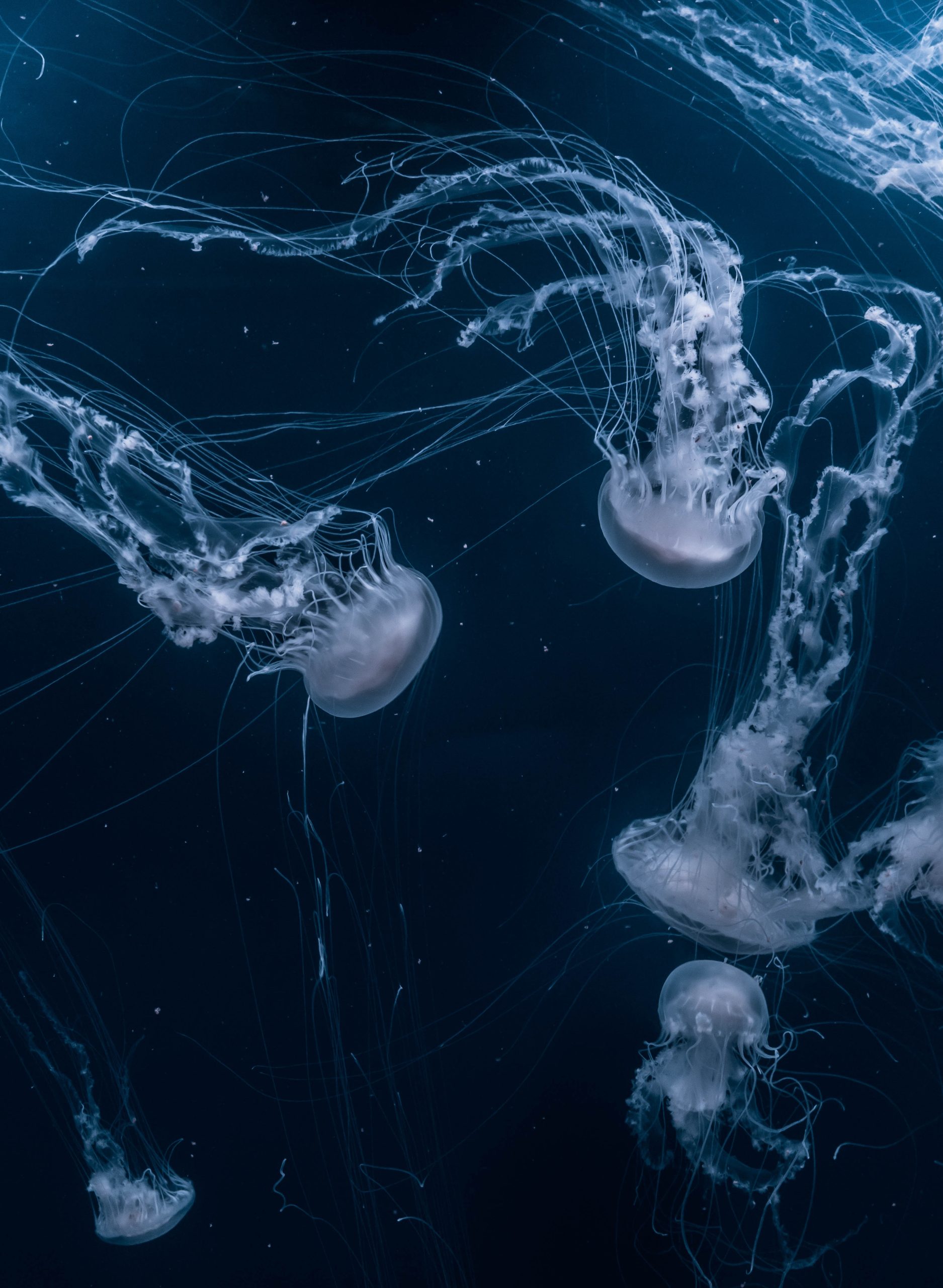Jellyfish are fascinating creatures that have captured the attention of scientists and the public alike. These gelatinous animals are found in every ocean in the world and come in a variety of shapes, sizes, and colors. But what makes them so unique is their life cycle, which is unlike that of any other animal on the planet.
Jellyfish have a complex life cycle that involves two different body forms: the polyp and the medusa. The polyp is a stationary form that looks like a tiny sea anemone and lives on the ocean floor or other solid surfaces. The medusa, on the other hand, is the familiar bell-shaped form that we usually associate with jellyfish.
The jellyfish life cycle begins with a tiny, free-swimming larva that settles on the ocean floor and develops into a polyp. The polyp then reproduces asexually, creating a colony of genetically identical polyps. Each polyp in the colony can bud off and create a new medusa, which is the jellyfish form that we recognize.
The medusa is the sexually reproductive form of the jellyfish. When it reaches maturity, the medusa releases eggs or sperm into the water, which then fertilize and develop into free-swimming larvae. These larvae eventually settle on the ocean floor and develop into new polyps, starting the cycle anew.
One of the most interesting things about the jellyfish life cycle is that some species can reverse their development from a medusa back into a polyp. This process, known as transdifferentiation, allows a medusa to transform back into a polyp if environmental conditions become unfavorable or if it sustains damage.
The life cycle of a jellyfish is also unique in that it is closely tied to environmental conditions. Factors such as water temperature, salinity, and nutrient levels can all affect the timing and success of jellyfish reproduction. This is one reason why jellyfish populations can sometimes experience sudden, massive blooms, known as jellyfish blooms or jellyfish swarms.
In addition to their fascinating life cycle, jellyfish play an important role in marine ecosystems. They are a food source for many marine animals, including sea turtles, some fish, and other jellyfish. Jellyfish also help to keep the oceans healthy by filtering out small planktonic organisms and other particles from the water.
In conclusion, the life cycle of a jellyfish is a remarkable process that involves two distinct body forms and is closely tied to environmental conditions. These creatures are not only interesting from a scientific perspective but also play an important role in marine ecosystems. By understanding more about their life cycle and ecology, we can better appreciate the value of these enigmatic creatures and work to protect them and the ocean ecosystems they call home.




